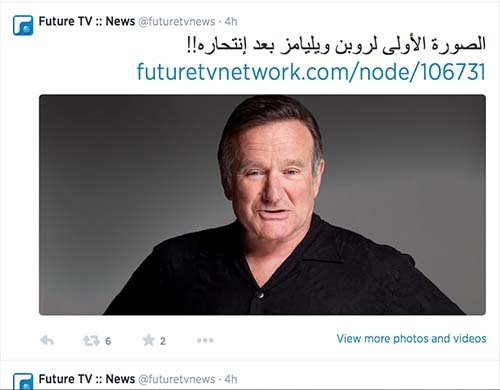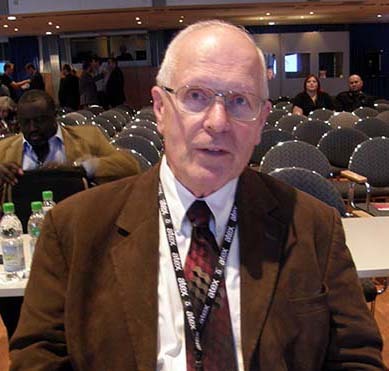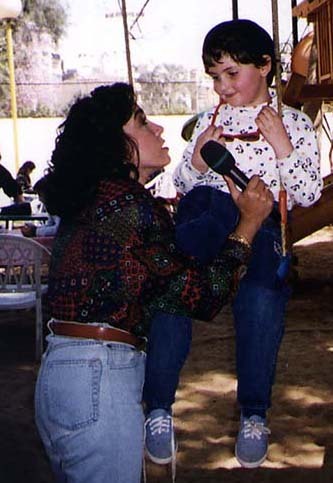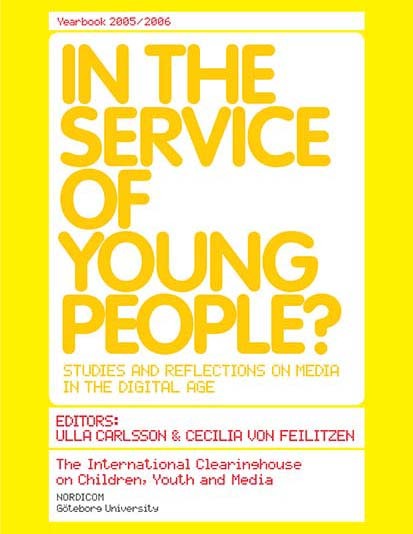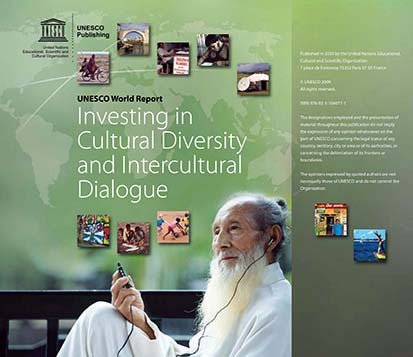![]()
By Huffington Post-
Do Middle East/North Africa (MENA) consumers and producers of media in all their permutations and across countless platforms fully comprehend what they’re doing and how they fit in the larger scheme of things?
Do various groups and individuals take the time to deconstruct messages, processes, outcomes and repercussions of all the interactivity, integration, convergence and overwhelming flow of communications that keeps morphing into new shapes at speeds we can hardly keep up with?
It’s as dizzying as Mork from the planet Ork, American comedian Robin Williams’ famous TV character, credited in part with paving the way to our truncated media consumption habits from back in the 1970s.
“Robin Williams Was An Unwitting Prophet of the Internet Era,” headlined Business Insider to a story about Williams’ frenetic and breathtaking influence on us.
According to writer Aaron Gell, Williams channeled culture; his cut-and-paste style echoed what rappers were doing with samples, and like them, he occasionally got into trouble for borrowing material.
“It’s only now, in retrospect — in the era of broadband and ‘an app for that,’ Twitter and subreddits, and binge-watching and channel-surfing and emojis and Google Now and instant everything everywhere at all times — that we can really see where he was coming from, acknowledge the debt we owe him and spot the warning flares he was sending up,” Gell said.
When news went viral of Williams’ suicide in August 2014, media and citizen journalists worldwide were all over the map reporting it - many in very poor taste.
A day later Lebanon’s Future TV‘s website upped the ante by showing a photo purportedly of Williams’ corpse with the mark of the belt he used to hang himself around his neck, which several websites later said was a fake.
Such sights and earlier violations got me interested in the 1990s in media ethics (or the lack thereof), explaining the media’s role and power, demonstrating how to use media to create better engaged and more tolerant citizens, as well as developing awareness about the need for media and information literacy on all fronts.
While serving as coordinator of the journalism program, director of university publications and eventually director of the Institute for Professional Journalists (wearing three hats) at the Lebanese American University, I participated in 1999 in a virtual cross-cultural academic and journalistic experiment with Professor Roger Gafke and his students from the University of Missouri’s School of Journalism.
It was a rich exercise in cross-cultural communication, values, newsworthiness, the use of nascent technology (notably the Internet in Lebanon) and finding out what really mattered in a media environment to people on two different continents.
Fast forward to 2002 when I examined how Lebanese and Middle East media covered the September 11, 2001 attacks on the U.S. in an article for the (defunct) Lebanon Journalism Review’s Spring 2002 issue entitled “Keep Kids in Mind When Writing that Story: Are Detailed Graphics Really Worth It?”
Reactions were varied, but often based on their (children’s) own experiences with violent TV shows, epic Hollywood movies, or, science-fiction video or computer games. But when the reality began to sink in, thanks to the endless replay of the horrific footage, fear and incredulity also took hold.
In May 2004, I presented a paper entitled “Media Literacy: Awareness vs. Ignorance” at the seminar “Young People & the Media” organized by the Swedish Institute in Alexandria, Egypt.
In it, I asked if children knew what they received as information, if they evaluated content, if their parents and teachers were helpful in selecting programming, or if they let young people judge for themselves what was suitable for reading, listening, watching or browsing.
Subliminal messages tucked into programs may influence purchasing patterns. Conflict-filled episodes or video games could incite violence and lead to aggressive behavior. Even innocuous-seeming serials could traumatize young people into confusing fantasy with reality. All with the end result that an unsophisticated approach to the consumption of news, entertainment, and even the more popular “edutainment” may contribute to dysfunctional societies and individuals, or, at the very least, confusion about how to react to the cacophony of messages overloading our sensory circuits.
In November 2004, I delivered a lecture entitled “Lebanese Youth & the Media: Social & Political Influences” at the “German-Arab Media Dialogue” at a conference organized by the German Foreign Ministry and Institute for Foreign and Cultural Affairs in Berlin.
Nordicom Clearinghouse in Sweden published it as a chapter in the book “In The Service of Young People?” in September 2005.
In March 2007, I
presented a research paper for the UNESCO Regional Conference in
Support of Global Literacy in Doha, Qatar entitled “Media Literacy: A Tool to Combat Stereotypes and Promote Intercultural Understanding.”
The very concept of critical thinking that underpins media literacy seems alien to young people weaned on a steady diet of rote learning and passive intake. This is particularly evident in schools following the French and Arabic educational systems where the very idea of questioning authority has, traditionally, been anathema. Even British and American systems have sometimes fallen short of their stated goals of effective learning and questioning.
In January 2008, I presented a paper at a UNESCO conference on cultural diversity and education.
A major report grew from the initial event in Barcelona, Spain and was launched at the UN’s Alliance of Civilizations in Rio de Janeiro, Brazil in May 2010 where my recommendations from the first conference’s paper were included.
Since then, I’ve lectured on the topic and conducted workshops on media and information literacy in Lebanon, Qatar, Morocco, Tunisia and Yemen.
So how do we contribute to media and information literacy in Lebanon?
Gaming is one way to channel young people’s energy and is a booming industry that caters to multiple tastes.
Games, particularly the electronic and virtual varieties, are used in education to teach life skills, mathematics, science, languages and a host of topics, both as standalone software and as applications.
But games and “apps” also come in sinister forms with a heavy emphasis on violence, wars, and deviant behavior.
With wars raging in various Arab countries and instability ruling the day in Lebanon, it’s important to demonstrate to impressionable young people that games based on conflicts are not necessarily good examples to follow.
Animated cartoons, another form dear to young and old, can be instrumental in promoting and perpetuating stereotypes, reflecting positive and negative images, and in prompting actions and reactions. The trick is to capitalize on the positive.
Their predecessors, comic books, have also had a similar effect on readers who sometimes mixed myth with reality. They are still a popular form of media and can be used to good effect in teaching and learning.
In Lebanon, comic books are available mostly in Arabic, French and English, although these publications can also be found in other languages.
Newspapers and magazines are not as dominant as digital and mobile media and radio plays a secondary role to online audio and video content.
Television was once termed a “babysitter” when parents sought to pacify their children. It has since taken a back seat to all things mobile and online and in which user-generated content is ubiquitous.
Implementation of programs that promote digital knowledge along with media literacy is where the heavy work is needed and given the country’s geographic location, there’s an urgent requirement to provide more practical content in Arabic, while producing materials in French and English to cater to the different sub-groups.
(This is a summary of a chapter by the author, also the lead editor, in the just published English/Arabic book Opportunities for Media and Information Literacy in the Middle East and North Africa, published by the International Clearinghouse on Children, Youth & Media at Nordicom, University of Gothenburg, Sweden, with support from UNESCO and the United Nations Alliance of Civilizations)
